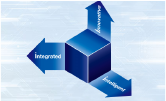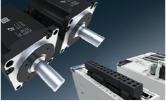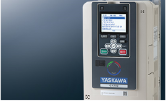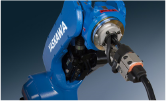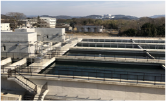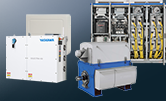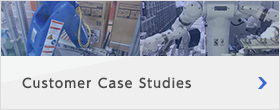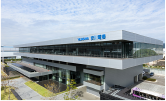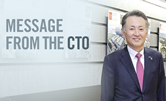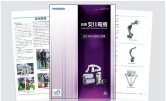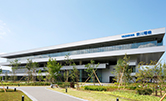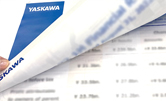Fundamental Management Policy
The YASKAWA Electric Corporation, along with its subsidiaries and affiliated companies, has long held to its policy of the advancement of society and contribution to humanity through achievements in business. To accomplish these goals, the Company follows three principles: develop state-of-the-art technology with a mind for quality, respond to the market according to consumer trends and needs, and have an investor-focused view of value creation.
YASKAWA’s number one priority is the improvement of capital efficiency. To make this possible, customer satisfaction (CS) will be improved through products and services that greatly satisfy our customers. As a result of activities to improve employee satisfaction (ES), our employees will feel more loyalty and pride to work at YASKAWA. These two main activities will result in higher corporate value, greater earning power, and the restoration of shareholder value to our investors.
Dividend Policy
Our goal is to provide a stable and continuing dividend to our shareholders. We will manage our company with consideration for our financial goals, our financial conditions, and the economic environment to achieve this.
Policy on Reduction of Share Trading Unit Size
The amendments to the Japanese Commercial Code that took effect in October 2001 allow listed companies to reduce the number of shares per unit for trading (share trading unit) on stock markets in Japan. Among the reasons for not availing ourselves of this change in the regulation is our belief that YASKAWA currently has sufficient liquidity. Also, in consideration of our current share price and the additional costs related to reducing the share trading units of stock, we do not feel that it would create any additional value for the Company or for our shareholders. We will continue to monitor stock market trends and make any decisions related to this change in the Commercial Code based upon the value to our stockholders.
Management Goals
To ensure that the value for our shareholders, employees, and other stakeholders is maintained, our management performance is evaluated by two main methods: the Return-on-Equity (ROE) and the Debt-to-Equity (D/E) ratios.
We believe that our shareholders’ invested capital should earn the highest possible return. Also, we believe that we should maximize earnings for all our stakeholders, including our employees, along with investors.
Furthermore, our purpose is to make YASKAWA’s corporate structure such that it will remain profitable even in the midst of difficult economic times. To accomplish this goal, we aim to increase the profit ratio of the company and to improve the trust of those individuals and entities that provide capital to the company.
Business Strategies
YASKAWA’s new three-year business plan (FY2003-2005), Win21 Plus, builds and expands on the business, corporate, management and financial structural reforms of the past mid-term plan Win21. Additionally through the actions of Win21 Plus, YASKAWA plans to achieve the original financial targets of the previous mid-term plan, which were not achievable due to the harsh economic environment of the past few years. The new mid-term plan also aims to strengthen YASKAWA’s competitiveness and to realize greater efficiency in operations.
Win21 Plus: Strategies
YASKAWA will promote real structural change in the finance and business areas relating to the post-mechatronics shift. The company will also promote a policy toward implementation that will build on the systematic reforms of Win21 in the corporate and management areas. By reinforcing these changes through cross-functional activities, YASKAWA will create a new cost model, link market strategy and innovation, and create a new business model, which are all goals of Win21 Plus. At the same time, YASKAWA will transform its corporate structure into one capable of maintaining profitability in the face of a 30% change in demand.
Win21 Plus: Goals
1.Double value-added productivity
2.Increase ordinary income ratio to 10%
3.Reduce D/E ratio to 1.0 or less.
Win21 Plus: Financial Targets
 Region
Region



 Principles & vision
Principles & vision
 Procurement
Procurement
 Sustainability for the Yaskawa Group
Sustainability for the Yaskawa Group
 Customer satisfaction
Customer satisfaction
 Supply chain
Supply chain
 Social contribution
Social contribution
 Compliance & risk management
Compliance & risk management



